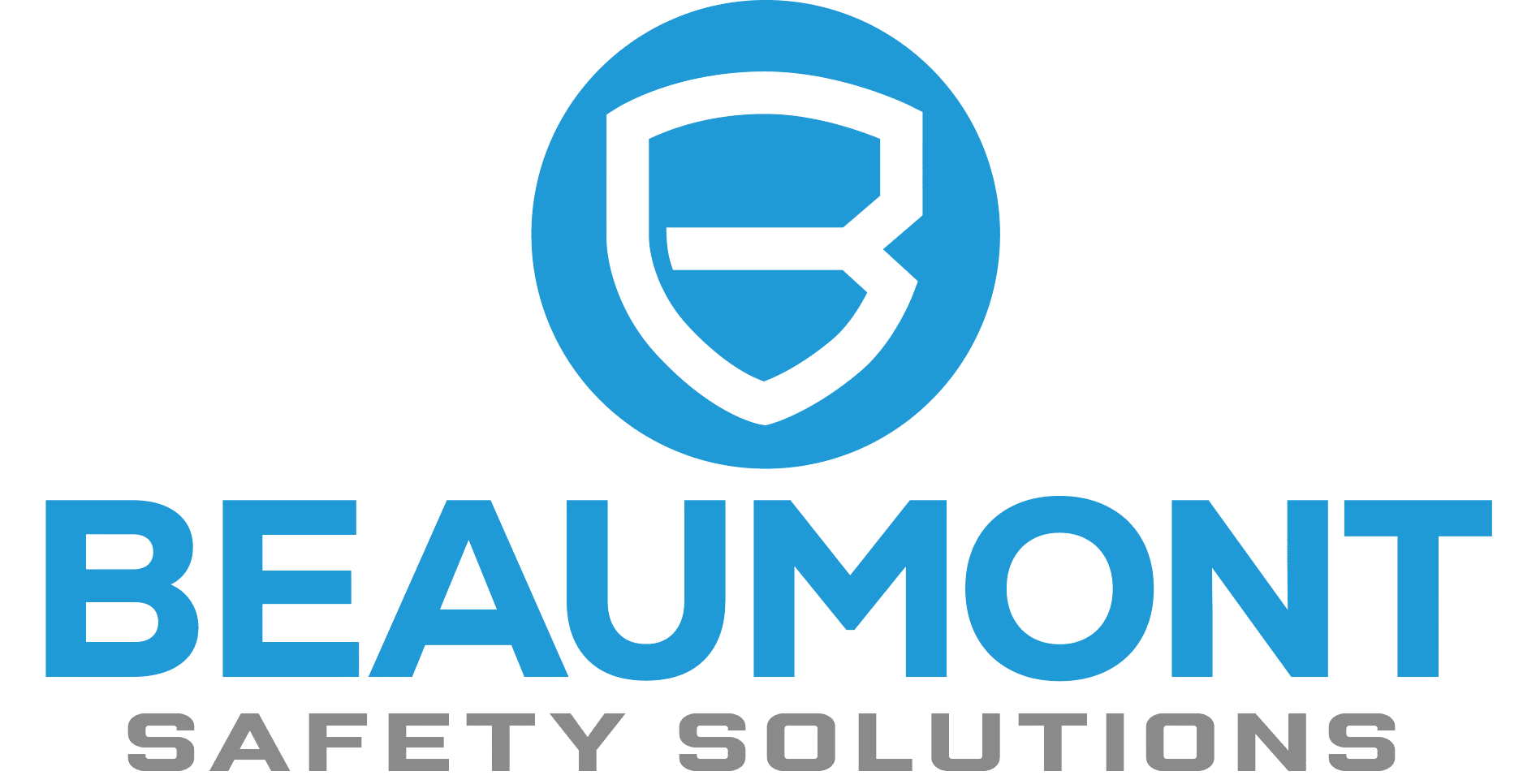Distractions are inevitable – whether it’s the constant ping of notifications, the lure of social media, or personal responsibilities, staying focused can be challenging. Our roles require us to juggle multiple responsibilities, both professional and personal. Yet, we must remain focused to ensure our business’s success and keep safety risks low and manageable.
The Reality of Distractions
Distractions come in many forms. For some, it’s the endless stream of emails and messages that demand immediate attention. For others, it’s the personal responsibilities that arise unexpectedly. As foster parents, our Directors Anna and Damien often face situations that require their immediate attention. Whether it’s a call from the school or an unexpected doctor’s appointment, these distractions can disrupt the work flow. However, it’s important to remember that these distractions are a part of life, and learning to manage them is key to maintaining productivity and ensuring safety.
The Impact of Distractions on Productivity and Safety
Distractions can have a significant impact on productivity and safety. Studies have shown that it can take up to 23 minutes to regain focus after being distracted. This means that even a few minutes of distraction can lead to a significant loss of productivity over the course of a day.
Strategies for Managing Distractions
One of the most effective ways to manage distractions is to prioritize tasks. By identifying the most important tasks and focusing on them first, you can ensure that you are making the most of your productive time and minimizing safety risks. Anna and Damien use this strategy to balance their professional and personal responsibilities. They start their day by identifying the most critical tasks and focusing on them before attending to less urgent matters; seeking momentum!
Setting boundaries is another effective strategy for managing distractions. This can involve setting specific times for checking emails and messages, or creating a dedicated workspace that is free from distractions. Setting boundaries means creating a clear separation between work and personal lives – having designated times for work and family, and sticking to these schedules as much as possible to ensure both productivity and safety.
Technology can be both a source of distraction and a tool for managing distractions. By using productivity apps and tools, you can minimize distractions and stay focused on your tasks. The use a variety of tools to manage time and tasks, from calendar apps to project management software. These tools help to stay organized and focused, even when unexpected distractions arise, thereby reducing potential safety risks.
Taking regular breaks is essential for maintaining focus, productivity, and safety. Short breaks can help you recharge and refocus, making it easier to tackle tasks with renewed energy, whether it’s a short walk or a quick coffee break. These breaks help us to stay refreshed and focused, even during busy days, and contribute to a safer work environment.
The Importance of Flexibility
While it’s important to have strategies for managing distractions, it’s also important to be flexible. Life is unpredictable, and sometimes, distractions are unavoidable. We all need to be adaptable and ready to handle unexpected situations – embrace flexibility and adjust schedules as needed. This flexibility allows us all to manage their responsibilities effectively, without compromising their productivity or safety.
Conclusion
As summer comes to a close and children head back to school, life begins to feel a bit busier once again. With new schedules, extracurricular activities, and varying commitments, it’s essential to prioritize the importance of routine in our daily lives. Establishing a consistent routine helps create a sense of structure, which is crucial for maintaining safety and focus throughout the day.
By sticking to a regular schedule, we can better manage our time and responsibilities, ultimately reducing stress levels. This structured approach not only fosters a more organized environment but also plays a significant role in minimizing the risk of injuries. Whether it’s setting aside specific times for homework, outdoor play, or family activities, a routine ensures that everyone knows what to expect and can stay engaged in their tasks. Remember, maintaining this sense of order is key to navigating the busy months ahead safely and effectively.



